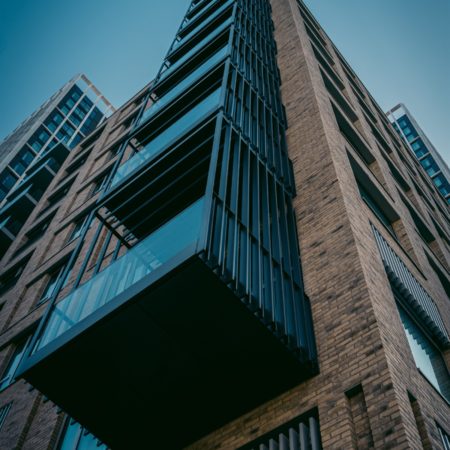Planning Net Zero Carbon Retrofit Programmes – The Essential Elements
Retrofitting thousands of homes to achieve net zero carbon performance would challenge the ingenuity and organisational skills of anyone. A structured approach to programme planning will reduce costs, improve outcomes and keep residents onboard. Here’s a quick summary of the essential elements of successful net zero carbon retrofit programme planning.
Know the Stock
Many local authorities and social landlords admit to not having the comprehensive and accurate stock condition data needed to plan even regular repair and maintenance activities. And where stock condition data exists it hasn’t been collected as a basis for identifying net zero carbon retrofit actions that are feasible or cost effective.
This is a massive knowledge gap that has to be filled before accurate plans and budgets can be drawn up. Without this, we don’t even know how many properties won’t be suitable for retrofitting in an economically viable way.
Having data is one thing, being able to use that data is another. Asset condition surveys must be complemented by digital information sharing within a BIM environment.
Choosing Solutions and Technologies
Depending on the age and construction of the stock, there are many retrofit options affecting the type of wall and floor insulation, heating system, renewable energy source and ventilation and heat recovery technology. There isn’t a single solution, so practical approaches need to balance several factors and constraints.
Why a Whole Home Approach is Better
Net zero carbon retrofits are often invasive. Some aspects of the work may call for residents to be temporarily relocated. Other elements are interdependent: for example, installing an air source heat pump without first upgrading the insulation and airtightness could produce a home that’s impossible to heat adequately.
Some retrofit actions can have an impact on others, which is why BIM and accurate clash detection will be valuable. In general terms it’s best to deal with an entire house or apartment block in one go – even though this adds complications to the scheduling of works and supplies.
Planned Supply Chains
These will be complex programmes with many partners and diverse supply chains. Detailed long-term plans and agreements will be needed to ensure everything runs like clockwork and to provide accurate information to affected residents.
Supply chain management must also give a high priority to social value, supporting local SMEs and developing employment opportunities within the community.
Resident Engagement
Keeping residents informed, generating enthusiasm for the programme and explaining the benefits must be planned activities before, during and after the retrofit
Feedback and Continuous Improvement
However well-informed the starting point there’s no doubt that a programme to retrofit thousands of homes will generate plenty of learning. Also, this is a long-term effort. Technology will improve and there will be new innovations and opportunities. All of this has to be used in a structured way to refine the plans and improve the overall outcomes.
Find out more about Osborne’s Zero Carbon Retrofit Solutions by visiting our resource centre or contact Nick Davidge ([email protected]).

